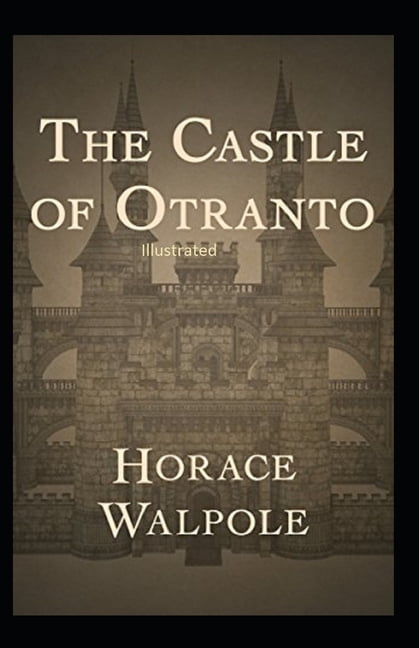

"Let the critics have their own way they give me no uneasiness. Walpole’s novel might, in our day and age, be entertaining for all the wrong reasons, but one cannot deny its incredibly far-reaching cultural impact. And, underneath the novel’s self-indulgent trappings, there was also an element of radical social critique – the heads of the family come across as abusive, scheming and manipulative the female characters are not as submissive as (18th century) society might have wanted them to be (Isabella is promised in marriage to the weak Conrad but openly admires other more beautiful knights Princess Matilda, also pressed into marriage, resists these suggestions and first entertains thoughts of taking the veil then falls in love with a travelling peasant).

The uncomfortable mix of horror and humour was a peculiarly English trait with roots in Chaucer and Shakespeare. What might now seem “facile cliches” (crumbling castles, subterrenean passages, chivalric ideals) would only become “Gothic tropes” after other authors jumped on the Walpole bandwagon. The obsession with the supernatural, the OTT dramatic language, the neo-medievalisms were striking and innovative at the time when the novel was written. Seen in this light, The Castle of Otranto starts to reveal merits which might not be immediately obvious. The Gothic is a genre that still lives on modern horror and weird fiction and its influences spread well beyond the confines of literature. Yet, this 1764 novel deserves respect as (probably) the first Gothic novel, the unlikely instigator of a genre which would give rise to such undoubted masterpieces as, amongst countless others, and.

The otherworldly elements are so unsubtle as to come across as grotesque (the novel starts with Conrad, the heir of a noble family, crushed under a giant plumed helmet which has appeared out of thin air) and the novel’s intentionally humorous streak dashes any chance of us feeling any spine-tingling fear just as surely as the “fearful casque” mangles Conrad’s body.

The characters are disappointingly two-dimensional, the dialogue overly melodramatic. A faux-medieval tale of chivalric derring-do and supernatural goings-on in a dark Italian castle, its convoluted plot is at best unconvincing and at worst bordering on the unintelligible. And so, after having enjoyed several interesting articles about it (most recently this review by writer and critic Ted Gioa) and after referring to it extensively in a blog post of my own (without ever having actually read it), I finally finished Horace Walpole’s The Castle of Otranto.Ĭonsidered in isolation, this slight novel is, frankly, underwhelming, especially to modern readers.


 0 kommentar(er)
0 kommentar(er)
